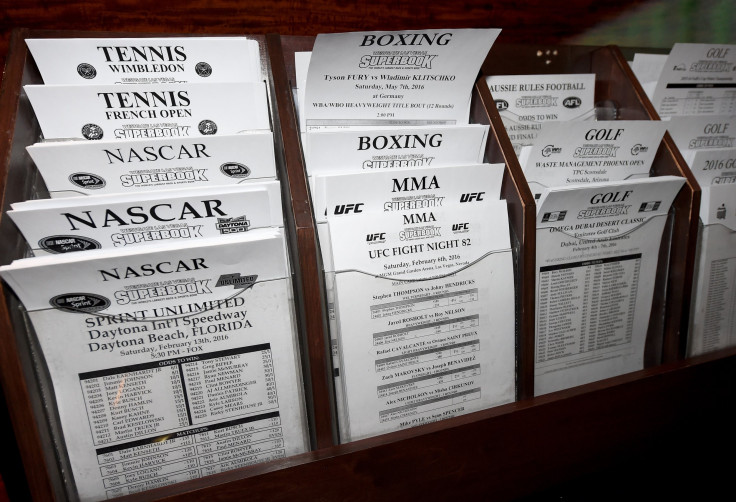
Many different types of odds are used in sports betting and gambling, and it is important to understand them to make informed decisions and place winning bets. In this article, we will explain the different types of odds, how to calculate the best odds, and what to look for when choosing them.
Different odd types
Below we have listed the most common types of odds available to bettors.
Fractional odds
One of the most common types of odds is fractional odds, also known as British odds or traditional odds. These odds are in a ratio of the potential winnings to the stake, such as 4/1, 6/4, or 11/8. For example, if you bet $10 on a horse with 4/1 odds and it wins, you would receive $40 in winnings, plus your original stake of $10, for a total payout of $50.
Decimal odds
These can also be referred to as European odds and are another commonly used format for expressing odds. These odds are decimal numbers that represent the total payout for a winning bet, including the original stake. For example, if you bet $10 on a team with decimal odds of 2.00, and they win, you will receive a total payout of $20, including your original stake.
Moneyline odds
The moneyline odds, also known as American odds, are another popular way of expressing odds. These odds are either positive or negative numbers. A positive number indicates the potential payout for a winning bet and a negative number indicates the amount that must be bet to win $100. For example, if you bet $100 on a team with moneyline odds of -200 and they win, you would receive a total payout of $300, including your original stake of $100.
Calculating the Best Odds for Placing Winning Bets
To calculate the best odds for placing winning bets, you should first determine the probability of each possible outcome, and then use this information to calculate the expected value of each bet. The expected value is the average amount that you can expect to win or lose on a bet. This is based on the probability of each outcome and the odds offered by the bookmaker.
Implied Probability Calculation
Football wagering is the most prevalent kind of gambling globally, as seen in our Smart Betting Guide. It entails picking outcomes that individuals believe are likely to occur and betting on them.
Because the majority of football gamblers like to place several bets, parlays, where two or more bets are on the same ticket, are a significant component of sports bets.
1X2
In sports betting, the 1X2 margin symbolizes three outcomes: 1 represents that the home team wins, 2 represents then the away team, and X means a tie. Bookmakers use this to translate the chances of certain outcomes into something like a decimal probability.
The margin is important for gamblers to choose the best bookmakers and make more money from the money they bet.
Various odds
The odds in football betting vary based on the probability of a result. For example, if Arsenal plays Manchester City, the chances favor Manchester City beating Arsenal. This implies that the Manchester City team will have lower odds since they are more likely to win.
This is not the case when wagering on other areas like corners, bookings, and send-offs. Because a football match is certain to feature several corners, this domain will need a gambler to make a wager on the number of corners. The odds will therefore be determined by the bookies depending on the offensive style or overall method of play of both teams. Teams that are aggressive will likely have much more corners.
The double chance
This is a popular football betting option in which bookmakers allow punters to choose between two possible outcomes. For example, when Arsenal plays Chelsea, a bettor may choose between a win and a draw. This indicates that if Arsenal wins the match, the player simply wins the wager, and if the game finishes in a tie, the player also gets to win the bet. If Chelsea wins the game, the player forfeits the stake. Due to the increased possibility of an occurrence, double-chance probabilities are traditionally low.
Live bets
This wager is in-play of the game. The chances of a live bet alter as time passes. The team that is winning has their chances lowered, while the team losing has their odds increased. This happens because the odds of victory are in favor of a winning team. Other variables influence unusual fluctuations during a live bet. Red or yellow cards, as well as injuries, are examples of these causes. Because these possibilities might work to a team's benefit or detriment, bookmakers adjust the odds to reflect their perceived greater or lower chance.



